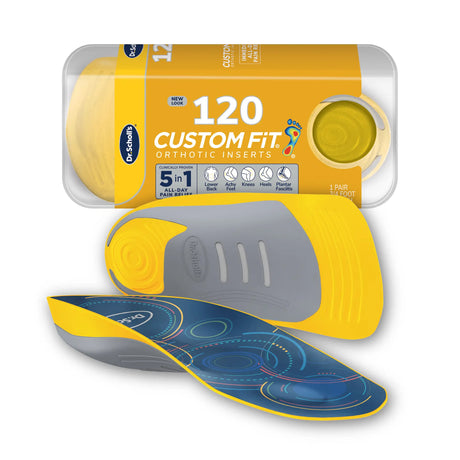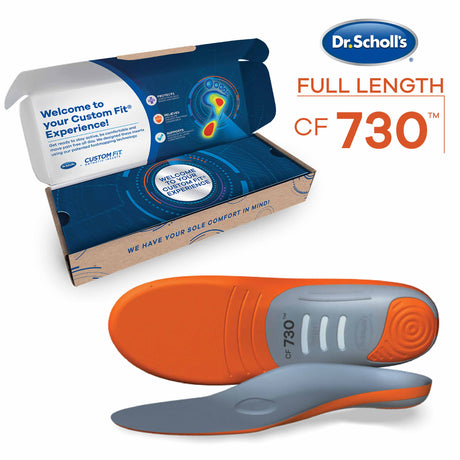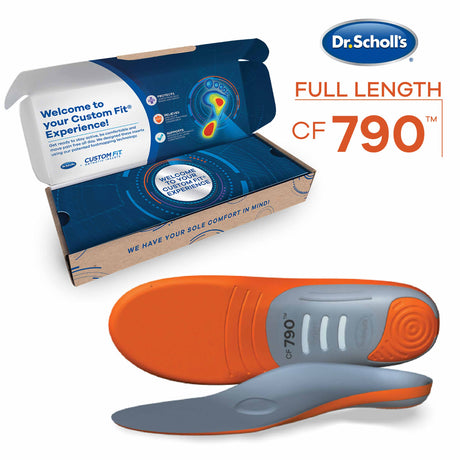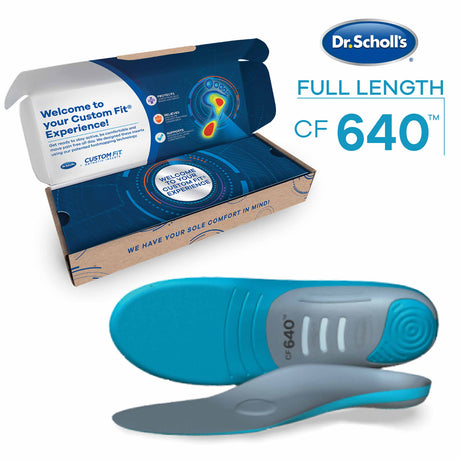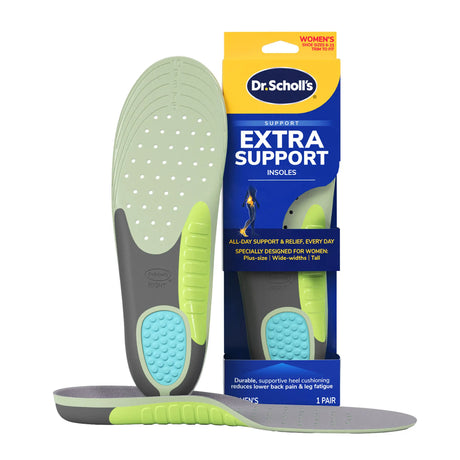Lower Back Pain FAQs
Economy shipping is FREE for orders over $25+!

Lower back pain is pain or discomfort in the lumbar region, which is the area of the back that sits below the rib cage. Pain in the lower back can range from mild discomfort to intense pain that interferes with sleep and daily activities. Lower back pain is very common, affecting most people at some point in life. It’s one of the most common reasons people miss work in the United States.
The symptoms of lower back pain can vary. Some people experience a persistent dull pain in the lower back, like a lower back ache. The discomfort might also feel like a sore lower back. Other types of back pain feel like a sharp, stabbing or shooting pain that comes on suddenly, often due to a specific movement like lifting a heavy object or bending over. Lower back pain may occur immediately following an accident or injury while working, performing daily tasks around the house or playing sports.
There are two types of lower back pain:
Acute — The most common type of lower back pain, acute pain is short-term pain that may last a few days to a few weeks.
Chronic — Lower back pain lasting longer than three months is considered chronic.
Lower back pain may be accompanied by stiffness and reduced range of motion. It can also be difficult to stand up straight. Muscle spasms are common with lower back pain that’s caused by a strain.
There are a number of lower back pain causes:
Mechanical low back pain — Lower back pain often stems from undiagnosed causes that are simply referred to as “mechanical” low back pain. The pain can occur due to overuse, extended activity and overall wear and tear on the ligaments and tendons that support the lower back. Lack of strength in the abdominal muscles plays a major role in the development of mechanical low back pain as weak abdominal muscles cause the lower back muscles to compensate in order to support the lower back. This can cause the lower back muscles to be become overworked.
Injuries — One common reasons for back pain is an injury. Sprains can occur when ligaments become overstretched or tear. This can happen during an accident, while playing sports or when lifting heavy objects. Muscle strains can also cause lower back pain.
Spinal disc issues — Lower back pain can occur due to issues with spinal discs, which are the rubbery pads found between the vertebrae (the bones that comprise the spinal column). Spinal discs help cushion and absorb shock.
• A herniated disc (also known as a slipped disc, protruding disc, bulging disc or ruptured disc) occurs when the jelly-like center of the disc pushes through the exterior portion. This causes pressure that can lead to lower back pain.
• Degenerative disc disease can also cause lower back pain when the discs become damaged or break down due to wear and tear over the years.
Spinal stenosis — Commonly caused by wear and tear, spinal stenosis occurs when the spaces in the spine narrow, putting pressure on the nerves of the spinal cord. In addition to lower back pain, this condition can cause pain and numbness in the legs.
Arthritis in the spine — Certain types of arthritis can affect the spine. Spinal arthritis is most commonly associated with osteoarthritis, which occurs when the cartilage that cushions the ends of the bones wears down. This can lead to pain and stiffness in the lower back.
Sciatica — Usually only affecting one side of the body, sciatica is pain from the sciatic nerve, which runs from the lower back down through the hips, buttocks and legs. The leg on the affected side may experience numbness.
Lower back pain can also occur due to lifestyle factors:
Poor posture — Slouching can cause certain muscles in the lower back to become overworked, contributing to lower back pain. This can occur while standing or sitting. It’s common for office workers to experience lower back pain after sitting all day in an uncomfortable chair with no lumbar support.
Standing for long periods — Hours of standing, especially on hard surfaces, puts pressure on lower back.
Being overweight — Every pound of excess body weight puts stress on the lower back, increasing the chances of pain.
Improper shoes — Wearing shoes that don’t have enough cushioning and support to absorb shock can contribute to lower back pain.
Since common everyday habits and lifestyle factors are a major cause of lower back pain, behavioral adjustments can often help. These include:
Exercise — Physical activity is important for maintaining good health and reducing lower back pain. Regular exercise helps build strong muscles and promote a healthy weight. Strengthening exercises for the back and abdominal muscles help support the spine, reducing pressure and the risk of pain.
Avoid lifting — It’s best to avoid lifting heavy objects when possible. When you have to, lift with the legs and bend at the knee. Keep the back straight and resist the urge to bend over.
Good quality shoes — Wear shoes that have good cushioning to absorb shock that can lead to lower back pain.
Orthotics and insoles — Reinforce your shoes with orthotics and insoles. Dr. Scholl’s® Pain Relief Orthotics for Lower Back Pain absorb shock and stabilize the body to help prevent excess movement that can trigger lower back pain. Dr. Scholl’s® Stabilizing Support Insoles help improve posture and balance to minimize stress on the lower back. Dr. Scholl’s® Extra Support Orthotics are designed specifically for plus-sized women who tend to experience lower back pain from being on their feet.
Proper posture — When seated, sit up straight and avoid slouching. Choose a chair with good lumbar support and change positions regularly. Avoid standing for long periods and when you do, always stand up straight.
Minor back pain often improves with home remedies, including:
Ice and heat — Hot and cold therapy can be helpful for lower back pain. You can alternate icing with a heating pad.
Exercises for lower back pain — Many people experience relief with the help of strengthening exercises and stretches for lower back pain. A physical therapist can help with an exercise program.
Massage — Therapeutic massage may be helpful for minor lower back pain. It may take a bit of effort to find the right therapist and type of massage that’s most effective.
OTC pain relievers — Over-the-counter pain relievers like ibuprofen, naproxen and aspirin can help reduce lower back pain. There are also topical rubs that can provide relief.
See your doctor if your lower back pain is due to an injury, is severe or if it’s accompanied by other symptoms such as fever, numbness and loss of bladder or bowel control. If your lower back pain persists despite trying home remedies, see your doctor for an evaluation. In some cases, lower back pain may require prescription treatment or surgery.

